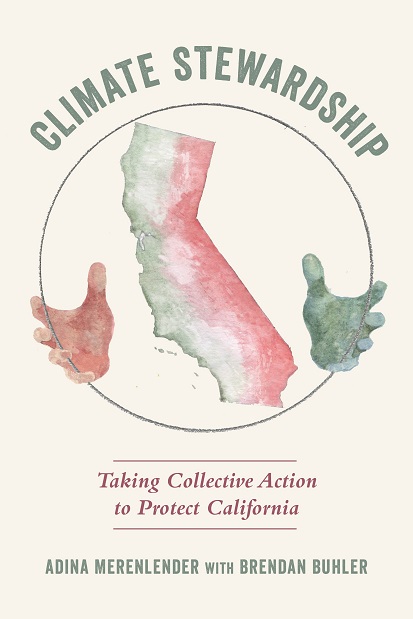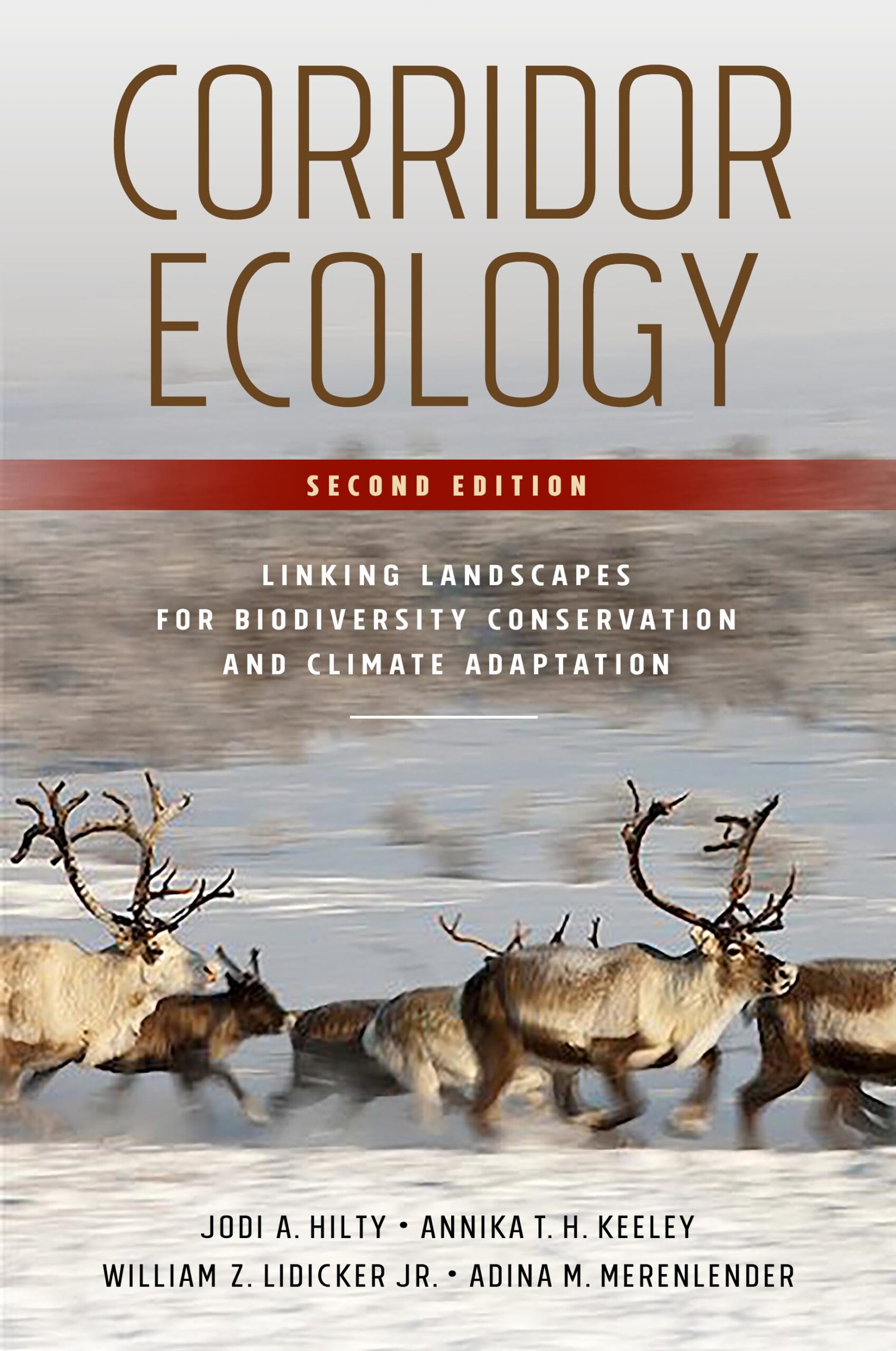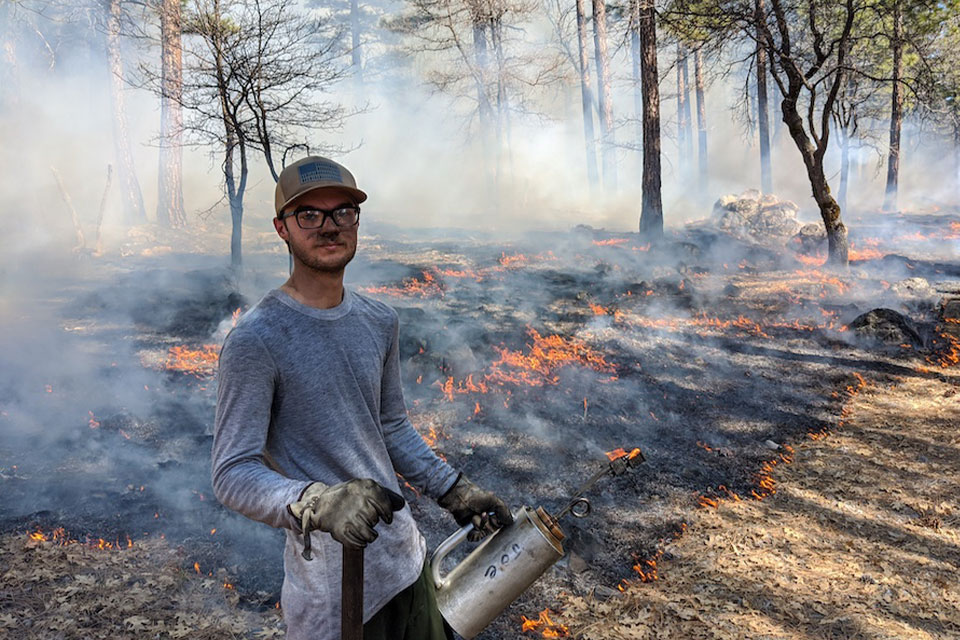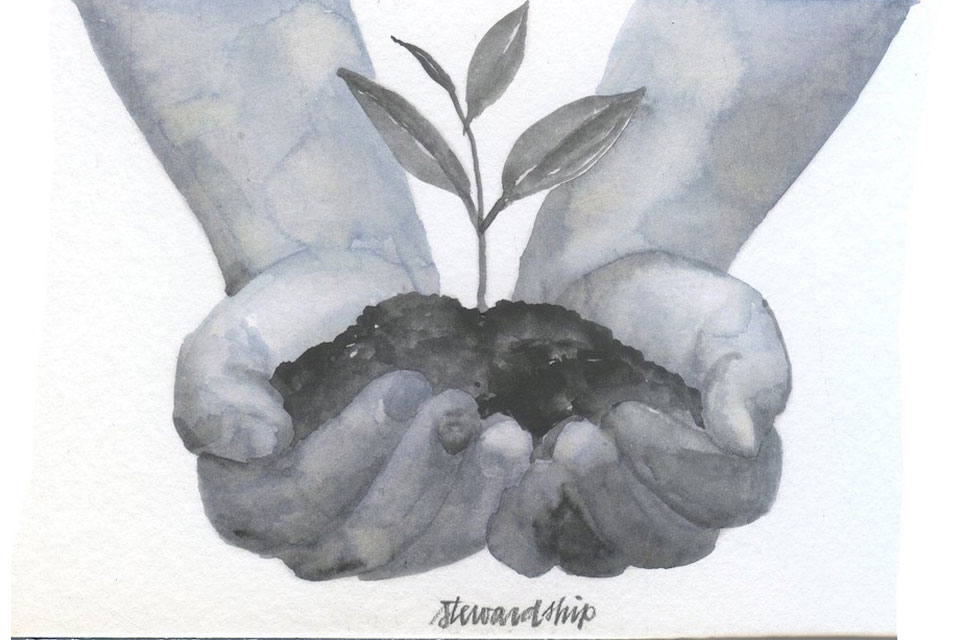The UC Climate Stewards course of the University of California, Division of Agriculture and Natural Resources, is an adult education and service initiative designed and coordinated by the UC California Naturalist Program. The course prepares participants to effectively engage in a wide range of community-level climate stewardship activities across six categories of service—education/interpretation, conservation/restoration, participatory science, community resilience and adaptation, environmental and climate justice, and program support—with the goal to advance community and ecosystem resilience (i.e., the ability of a system or community to survive disruption and to anticipate, adapt, and flourish in the face of change).
During the course, participants are introduced to local groups working on climate action and provided with a list of possible service opportunities with which to engage. Courses are delivered in specific locations by community-based organizations with expertise in informal science education that enter into a formal partnership agreement with the UC California Naturalist Program, which serves as the backbone organization of this statewide collective impact network.
The program trains qualified instructors to deliver the 40-hour UC Climate Stewards course curriculum including asynchronous, in-person, online, reading the Climate Stewardship: Taking Collective Action to Protect California, and field components. After certification, UC Climate Stewards are encouraged to continue volunteer service in the categories described above.
Land use planners and conservation scientists have become interested in how to measure, model and map landscape connectivity for plant and wildlife species as a way of mitigating the effects of habitat loss on wildlife populations, making our reserve networks resilient to climate change.
Adina co-authored the only comprehensive book on wildlife corridor planning, titled Corridor Ecology: The science and practice of linking landscapes for biodiversity conservation, with the first edition published in 2006 and the second in 2019.
Following publication, Adina has been engaged in quantitative research to map habitat connectivity and identify linkages necessary for wildlife movement. The specific goal is to develop an approach to modeling landscape connectivity that relies on landscape metrics, or indicators of landscape integrity, which can be derived from consistent and detailed data on human disturbances and the built environment. This is in contrast to the more traditional methods that rely on combining several or dozens of focal species models, each of which have associated uncertainties, to identify linkages. Equally important, we are working on modeling species persistence and exploring the influence of protecting individual linkages on the persistence of biodiversity under different spatially explicit conservation scenarios. Adina has also participated in field studies to examine the extent to which corridors are used by species and to estimate how land use type and intensity influences species distributions. These large-scale field studies have included work on meso-carnivores, birds, salmon, and most recently, bats.





